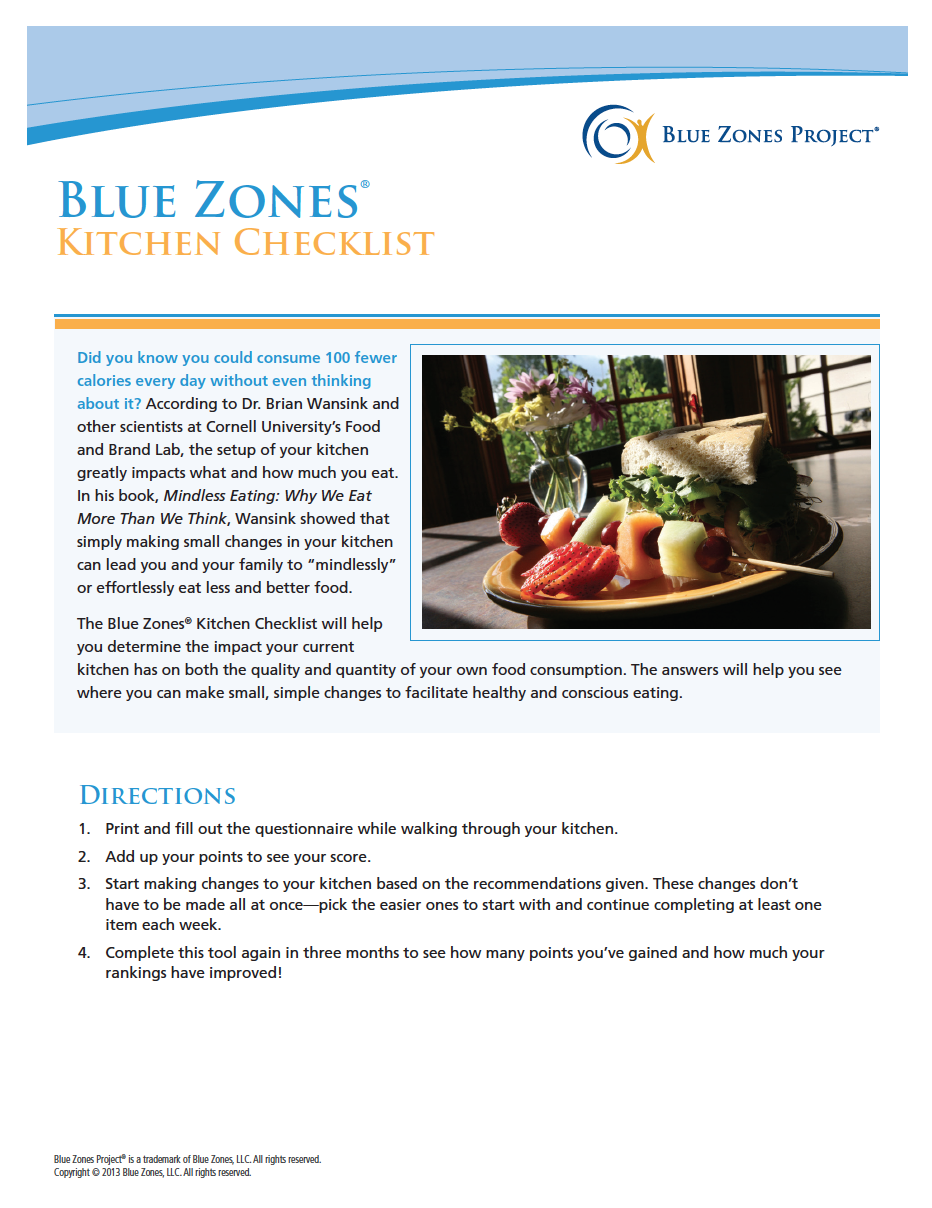Tips for Families
Transitioning to a work at home environment can be challenging, now add in kids with distant learning the challenge has increased.
Despite the challenges, being at home can create several opportunities that allow employees to focus on tasks that have been on the back burner, or relook at processes and procedures to identify improvements or to even create documentation of the work being done. With commute times being reduced, this can allow employees to improve their overall well-being in things such as increasing sleep, reducing stress, eating home cooked meals, and increasing physical activity.

Joslyn Sato, Statewide Program Manager — Blue Zones Project - Hawai‘i and her keiki converted their main dining room table to become a shared work-learn space.
For students, this is an opportunity for individual learning and creativity. Tap into their interest and passions to expand and engage their learning throughout the day.
The first two important tips to transitioning to Work-at-Home and Distant Learning is TIME and SPACE. Setting the time to focus on work and learning and creating a space that helps you minimize home distractions while working and assisting your children.
TIME: Scheduling Time for Work and Learn
What kept us on track pre-work-at-home is the schedules that we stayed on. Managing our time in engaging ways will be important to stay focused and comply with employer requirements.
- Align your Work Schedule with your child’s Distant Learning Schedule… but be flexible.
- List your employer’s expectations.
- List your child’s school’s expectations (if you have more than one it may be different).
- Put all expectations on a table/chart.
- Then adjust schedules to align work/learn time and breaks.
- You may not follow it to the minute, but it helps keep the family on track.
- Depending on their age, some children just need the top-of hour check-in while others may need 15 to 30-min prompts.
- Post your schedule
- Create a printed version of the schedule and post it in the home work/learn area.
- Be creative with the “activities.”
- Leverage around the house activities that we used to call “chores” as learning opportunities and incorporate those in your schedule as time permits.
- Here are examples from one colleague:
- Cooking 101
- Around the House 100 (choose an “activity” around the house you want to do/learn)
- Use meals for cooking demonstrations.
- For Arts/Research our colleague would have her children leverage their resources and use the internet to find a DIY or come up with something their own. They also can “research” a topic they’re interested in like surfing.
- Incorporate Wellness Activities
- Take micro-breaks every hour with a stretch or fun quick activity. Do this with your children to “check-in” and move to the next activity.
- Try a new Physical Activity or Recipe each week.
Example from our colleague who is working from home and has an elementary student with general recommended activities from the school, a high school student with no school-specific items, and spouse that is an essential worker.
|
|
Mom’s Work Schedule |
Kylie’s Learning Schedule |
Hunter’s Learning Schedule |
Dad’s Work Schedule |
|
7 – 7:30 am |
WORK |
Wake up and |
Wake up and |
SLEEP |
|
7:30 – 8 am |
Breakfast and |
Breakfast and |
Breakfast and |
SLEEP |
|
8 – 9 am |
WORK |
Reading Plus |
Activity 1 |
SLEEP |
|
9 – 10 am |
WORK |
Math Worksheet / iReady |
Activity 2 |
AVAILABLE TO ASSIST |
|
10 – 11 am |
WORK |
Free Time |
Free Time |
AVAILABLE TO ASSIST |
|
11 – 12 pm |
Lunch and |
Lunch and |
Lunch and |
AVAILABLE TO ASSIST |
|
12 – 1 pm |
WORK |
Free Activity: Art/Research |
Activity 3 |
GET READY FOR WORK |
|
1 – 2 pm |
WORK |
Writing: Daily Reflection |
Daily Reflection |
LEAVE TO WORK |
|
2 – 3 pm |
WORK |
Free Time |
Free Time |
AT WORK |
|
3 – 4 pm |
WORK |
Around the House |
Around the House |
AT WORK |
|
After 4 pm |
FAMILY TIME |
FAMILY TIME |
FAMILY TIME |
AT WORK |
|
By 6 pm |
DINNER |
DINNER |
DINNER |
AT WORK |
|
By 8 pm |
20-min Family Reading |
20-min Family Reading |
20-min Family Reading |
AT WORK |
SPACE: Create a Work-Learn Space
You want to create a space that both you and your child can be productive.
- Designate a Space or Table for Working / Learning
- Keep the space for work and for learning in proximity of each other. Sharing a table could work.
- While you may want to have your own “office” and your child’s own “learning” area it will make it challenging for you to manage what is going on or assisting your child if they need help.
-
- Have Supplies Available
- When the work week/day begins, make sure you have your supplies at your Work/Learning space.
- Some supplies to consider:
- Computer / iPad / Printer if needed
- Paper, Pencil, Pens, Crayons, Markers, Pencil
- Worksheets from School
- Trays or Folders to Organize Worksheets
- Work to do today
- Work completed
- Work pending
- Have Supplies Available
by: Joslyn Sato, Statewide Program Manager — Blue Zones Project - Hawai‘i
Join the Well-Being Movement!
Email our team to learn more about partnering with us to make healthy choices easier at your worksite, school, grocery store, restaurant, or faith-based organization.
Check out all participating organizations.
Sign up to receive community updates!
Learn more at hawaii.bluezonesproject.com![]()









